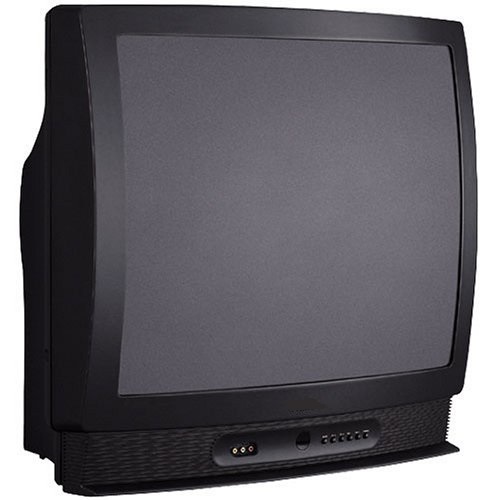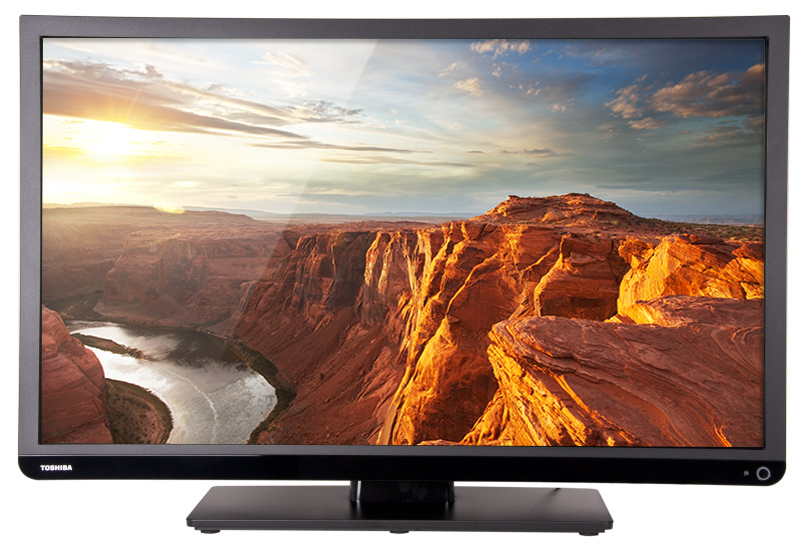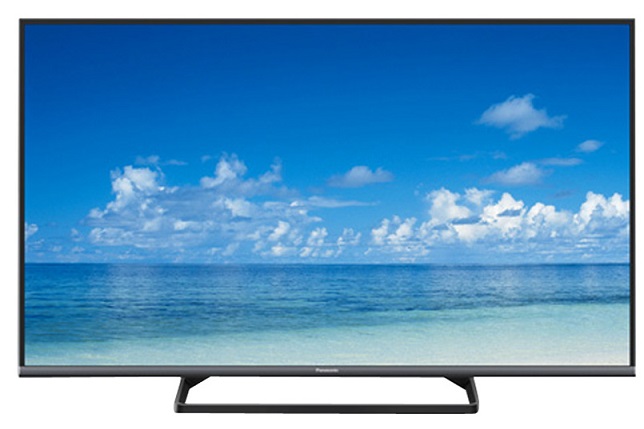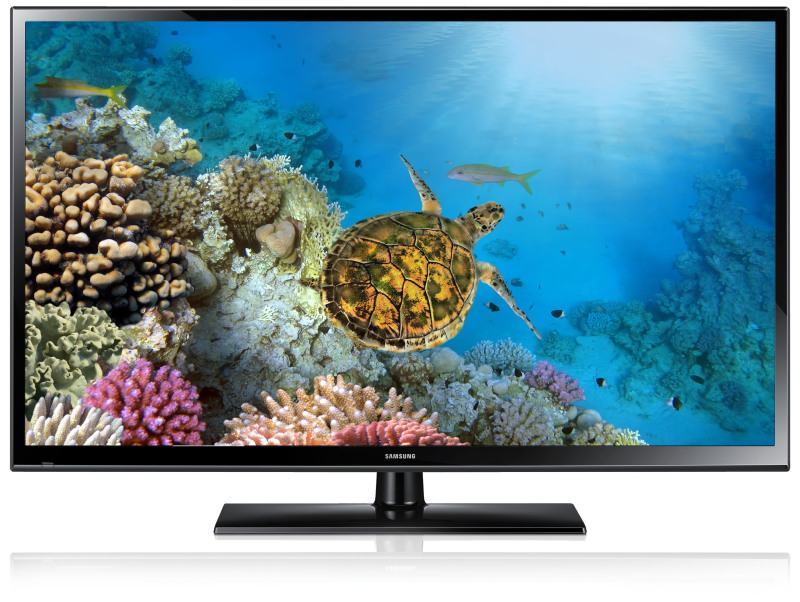In recent times, we have heard a lot of terms go around when we talk about screen technologies. We’ve heard about overwhelming array of acronyms like CRTs, LCDs, then LEDs, followed by some Plasma and OLED technologies. They have just got too many technologies and there’s no proper explanation, just some marketing mumbo jumbo.
We decided to guide our readers on what each of the screen technologies holds and its benefits over the other technologies. CRTs and plain LCDs have almost become extinct but we will still explain since there are a lot of used products still being sold in Pakistan.
CRTs (Cathode Ray Tubes)

It worked by using a projector gun which fires electrons to the display exciting particles and creating images.
CTR based old TVs and monitors were bulky. They are large in size, consume a lot of electricity and only come in old screen aspect ratios (not widescreen). While CRTs support a number of resolutions, this technology could not display great detail.
Price: Very Cheap
Benefits over other technologies
- Fastest refresh rate since the whole system was analogue.
- High brightness
LCDs (Liquid Crystal Displays)

LCDs are thin and are normally used in monitors, laptops and portable devices. This technology utilises a liquid crystal and a flat panel, which can block light. The whole panel is made up of multiple liquid crystal segments. These blocks vary their transparency and colour as input current is varied.
As for the non-technical details, LCDs use fluorescent backlights like bulbs to illuminate the displays, making them one of the brightest display technology. Some of the technology’s drawbacks were contrast shifts, brightness issues, colour shifts as the user’s viewing angle changes.
Price: Cheap
Benefits over other technologies
- Support for analogue inputs
- Thin
- Less power consumption
- High brightness
LED (Light Emitting Diodes)

In reality, there are no LED TVs. It’s just a marketing lie. LED TVs are actually LED-backlit LCD TVs. There’s no other change in technology. The difference you see in display quality is because of the improvements in software and the advantages that LED backlighting brings.
LED-backlit LCD screens offer greater contrast, local dimming, better colour brightness and overall brightness. Another plus is the energy saving this technology brings. Users get up to 70% power saving over conventional technologies.
To clarify, there are actually two types of LED-backlit TVs. One types comes with Direct LED backlighting which brings superior image quality. The other one is Edge-lit LED, which means having LEDs at the edges of the display. Edge-lit LEDs have fewer lights, hence lesser control over the brightness and contrast resulting in an inferior display quality compared to Direct LED screens.
Price: Expensive
Benefits over other technologies
- Thinner than LCDs and CRTs
- Very little power consumption
- Higher brightness
- Digital software improvements
Plasma

Plasma screens are made of 2 sheets of glass with some gases (in plasma form) in between those. The name of the screen technology is derived from the plasma material used. The plasma is charged with electricity resulting in the picture we get. Plasma powered devices don’t require backlighting and electric reactions provide the lighting.
In terms of picture quality, plasma is superior to LCD and LED technologies. It offers better contrast (nearly infinite) and colour accuracy. However, since the technology is difficult to manufacture for small screens, it is only used in large screen TVs. Plasmas are cheaper compared to the latest LED TVs. As sizes increase, plasma screens become more feasible, hence used in a few 100+ inch TVs.
Some people will question, why don’t plasma TVs look good in shops? The reason is low brightness. Plasmas work great in home lighting. Shops usually have very bright lighting resulting in dull colours on plasma displays. Under normal conditions or less lights plasma screens beat all screen technologies.
Price: Relatively cheaper
Benefits over other technologies
- Thinner than LCDs and CRTs
- Energy saving
- Infinite contrast
- Accurate colour production
- Digital software improvements
OLED (Organic Light Emitting Diodes)
OLEDs bring another feature to the table, curved screens. OLEDs which us plastic instead of glass can be curved and flexed. In terms of picture quality (when you don’t consider the price) OLED tops the charts.
In short, OLEDs are slimmer, flexible, have infinite contrast and deeper colours. They aren’t cheap yet, but with time expect OLEDs to replace LEDs and LCDs. An iteration of OLEDs, AMOLEDs are often used in smartphones while POLEDs are used in smartwatches.
Price: Very Expensive
Benefits over other technologies
- Ultra slim, Thinner than all screen technologies
- Energy saving in dark scenes, comparable to LEDs in bright scenes
- Infinite contrast
- Deeper colour production
- Digital software improvements
- True per-pixel display quality
- Very high resolutions

![TV_OLED_LG[1]](https://propakistani.pk/wp-content/uploads/2016/05/TV_OLED_LG1.jpg)
























informative article, but it would be better if you would have shed some light on the brands too.
Yeah I was expecting the same
Please have some research on the brands of LED Tvs in Pakistan too, especially the products with different models of different regions like the Chinese, Malaysian and Thailand made Samsung TVs
From my experience buy samsung from authorized deal
Plasma are not “energy saving”. They’re the worst out there. consume nearly 3x the amount of their LCD/LED counterparts and generate awful amount of heat.
It’s also an outdated technology. Hardly any TV manufacturer is making plasma panels anymore. Get on with the times ProPK.
It is NOT outdated and companies which gained profits from Plasmas (like Samsung, Philips etc) are still making Plasma TVs.
Just this year showed off its 4K Plasma Lineup.
Dont talk about something you dont know. The only successor to Plasma is OLED. The reason most manufacturers didn’t move to plasma is because plasma factories are a risky investment. Your TVs dont get sold, you are sitting with a useless factory because it can only make large screens. LCD factories can be used to build smartphone screens, laptop screens, any size LCD.
Plasma is the perfect TV technology in terms of screen quality. Manufacturers just can’t be bothered to take the risk. They keep claiming LCDs are the best, they even named it LED.
The ones who sell good plasmas, like Samsung and Panasonic, keep on making better plasmas.
There’s news that Samsung wont refresh its 2017 OLED TV lineup. Does that mean that OLED is old tech? OLED panelsget scrfeen burns, does that mean they are useless?
Oh God, this is too much! I’ve never heard more tripe in my entire life! Lmao 4k plasma. Samsung, the biggest supplier of oled panels in the world, giving up on oled rofl. Must be some kind of talent to be about to spout so much bs. You might want to take your own advice and stop talking about thing you clearly have zero clue about. Lest you embarrass yourself. Thanks for the laugh though.
You seriously need to to do some research before you speak. Quit trolling and have a quick search on what I said. 4K plasmas we remade ages ago. And there’s a difference between oled phone panels and oled TV panels. Samsung has failed to sell TVs hence the reports of no oleds TVs in 2017.
The internet is filled with articles on how the most promising T technology, the oled, is on a demise before going mainstream.
Oh God, this is so absurd, I don’t know whether to laugh or cry. You can’t be serious about all that BS, are you? Because if you really believe all that, boy do you need some serious help.
My guess is you’re probably hallucinating. In which case, can I have some of what you’re smoking?
I don’t know why won’t you just follow your own advice and Google a bit before coming on here to make a complete fool of yourself. Ma so ch1st maybe?
The whole notion of 4k plasmas is so utterly ridiculous, I can’t believe how someone can even entertain the idea. Just stop lol.
The term energy saving is in relation to old CRTs and not LCDs/LEDs since Plasma is an older technology.
Another low effort article my Mr. Shadman. No mention of response times, burn-in issues with plasmas, banding, ghosting. Seriously, I learned more than this from googling back when I was looking to get my first hi-def TV.
The post is about TV screen technologies and not about everything TV related. When talking about screen technologies, there’s no relevance in covering hardware/software dependent features.
Its good of you know a lot. But there are people out there who don’t know the difference between LCD and LED except for the alphabet E. Same for OLED.
lol lets write for propakistani…
copy stuff from google without checking published dates.
copy stuff from google without checking authenticity.
outdated info.
false info for plasma.
rest i didn’t bother reading as i know its will be bullshit….
Its not false. Search google and you might learn something new.
What crap . Only pros and no cons?